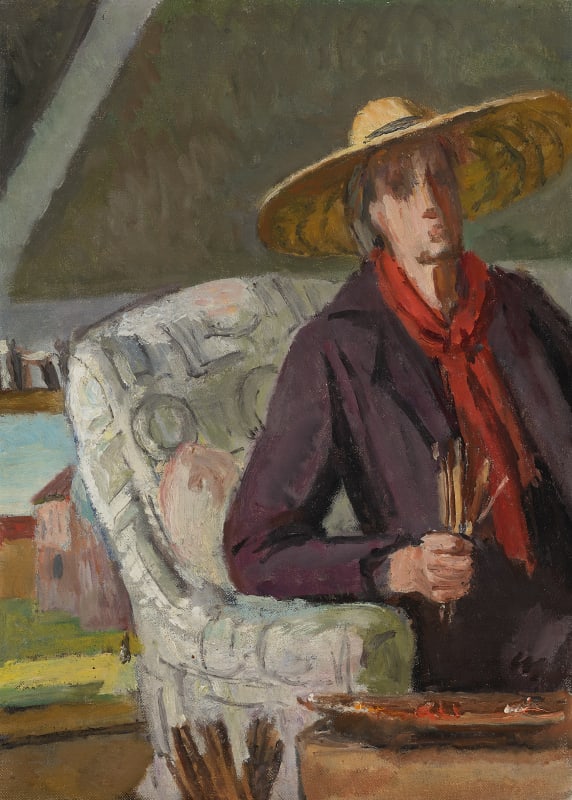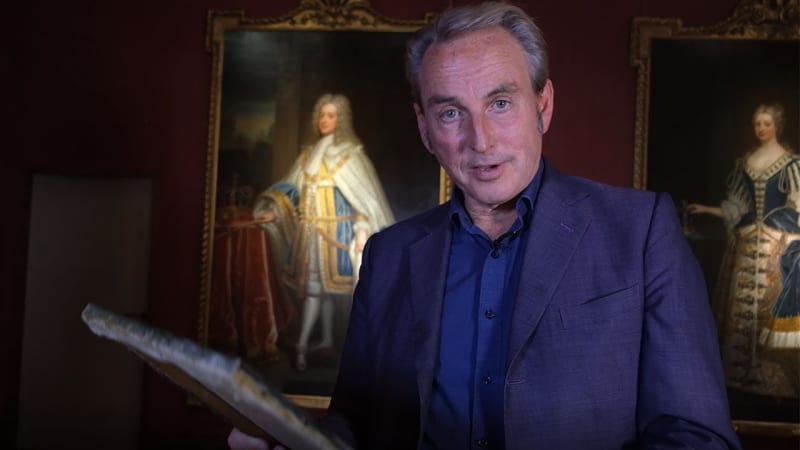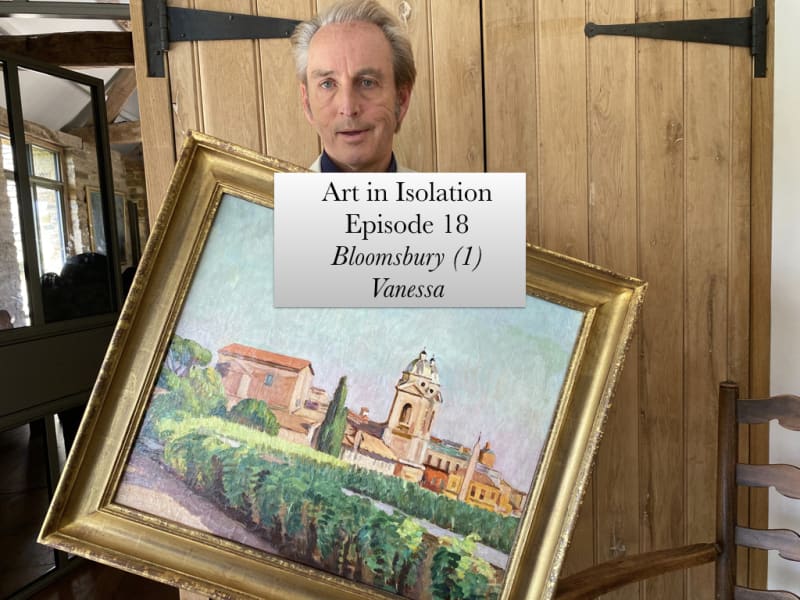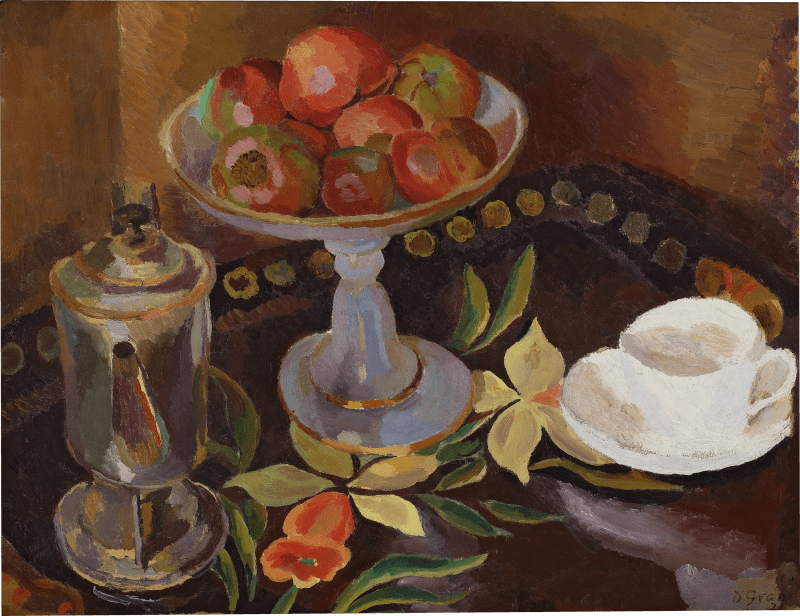Artworks

Born in 1879, Bell was the eldest child of Sir Leslie Stephen and Julia. They lived happily at 22 Hyde Park Gate until the death of her mother in 1895 when domestic and social pressures which fell upon her as the eldest of her three siblings.
Fortunately, in 1901 Bell gained admission to the Royal Academy and studied under John Singer Sargent. In the year she left the Royal Academy, her father tragically died. Bell then moved into 46 Gordon Square, Bloomsbury, central London along with her sister, Virginia Woolf (née Stephen), and two brothers, Adrian and Thoby Stephen.
Whilst the death of their father left the siblings orphaned it also marked a partition from and rejection of their strict Victorian upbringing in favour of a new lifestyle governed by modern liberalism. Bell and Woolf opened their new Bloomsbury home to like-minded, artistic individuals such as Duncan Grant, John Nash, Henry Lamb, Edward Wadsworth and Clive Bell who Vanessa went onto marry in 1907. Accordingly, 46 Gordon Square was transformed into the beating heart of what would later become known as the Bloomsbury group. Here, artists collaborated, shared ideas and formed close bonds - and in some cases, relationships.
In 1912, Bell’s work was included in the Second Post-Impressionist Exhibition, organised by critic Roger Fry, which was a hallmark event for the development of modern art in Britain. A year later, along with Fry and fellow painter Duncan Grant, Bell founded the Omega Workshops; a cooperative for the decorative arts which emphasised bold colours and simple designs for textiles, pottery, clothing and furniture. Bell was particularly gifted in textile design and soon became known for her interior designs. Finding inspiration all around, Bell translated her compositional ideas onto all manner of interior furnishings including fire screens, over mantle murals and cushions. Vanessa’s work was immensely progressive, and she was among the first British artists to explore abstraction, consequently positioning herself at the forefront of British Modernism.
Vanessa Bell (née Stephen) was one of the key members of the Bloomsbury group, a collective of artistic individuals who lived and worked together, embracing an unrestricted and bohemian lifestyle.
Born in 1879, Bell was the eldest child of Sir Leslie Stephen and Julia. They lived happily at 22 Hyde Park Gate until the death of her mother in 1895 when domestic and social pressures which fell upon her as the eldest of her three siblings.
Fortunately, in 1901 Bell gained admission to the Royal Academy and studied under John Singer Sargent. In the year she left the Royal Academy, her father tragically died. Bell then moved into 46 Gordon Square, Bloomsbury, central London along with her sister, Virginia Woolf (née Stephen), and two brothers, Adrian and Thoby Stephen.
Whilst the death of their father left the siblings orphaned it also marked a partition from and rejection of their strict Victorian upbringing in favour of a new lifestyle governed by modern liberalism. Bell and Woolf opened their new Bloomsbury home to like-minded, artistic individuals such as Duncan Grant, John Nash, Henry Lamb, Edward Wadsworth and Clive Bell who Vanessa went onto marry in 1907. Accordingly, 46 Gordon Square was transformed into the beating heart of what would later become known as the Bloomsbury group. Here, artists collaborated, shared ideas and formed close bonds - and in some cases, relationships.
In 1912, Bell’s work was included in the Second Post-Impressionist Exhibition, organised by critic Roger Fry, which was a hallmark event for the development of modern art in Britain. A year later, along with Fry and fellow painter Duncan Grant, Bell founded the Omega Workshops; a cooperative for the decorative arts which emphasised bold colours and simple designs for textiles, pottery, clothing and furniture. Bell was particularly gifted in textile design and soon became known for her interior designs. Finding inspiration all around, Bell translated her compositional ideas onto all manner of interior furnishings including fire screens, over mantle murals and cushions. Vanessa’s work was immensely progressive, and she was among the first British artists to explore abstraction, consequently positioning herself at the forefront of British Modernism.
At the height of the First World War, and with the introduction of conscription in March 1916, Bell moved to Charleston House near Lewes, East Sussex with Duncan Grant and his lover, David Garnett. Charleston became a hub of artistic and literary creativity for the Bloomsbury circle. Bell’s talents as a colourist are arguably unparalleled at this time, and her progressive style was hugely influential in the development of British modernism.
Throughout the interwar years, Bell lived predominantly in London, and travelled to Europe, taking extended stays in Italy and France. Her oeuvre at this time consists of warm, sunny landscapes which document her travels abroad.
At the start of the Second World War in 1939, after sharing a studio with Duncan Grant at Charleston, she created and retreated to her own studio, in the attic of the farmhouse. She remained at Charleston throughout the War, producing works inspired by her surroundings, devoting herself to her close friends and family. She continued to focus diligently on her art as her life became more introspective. She died at Charleston in 1961.
Vanessa Bell’s innovative and modernist paintings represent a pinnacle moment in the development of Modern British Art. Philip Mould & Company have acquired and sold a number of Bell’s artworks, including Seated Figure 1913 to the Art Gallery of South Australia. The gallery currently has several works by Bell for sale in the Artworks section of our website.





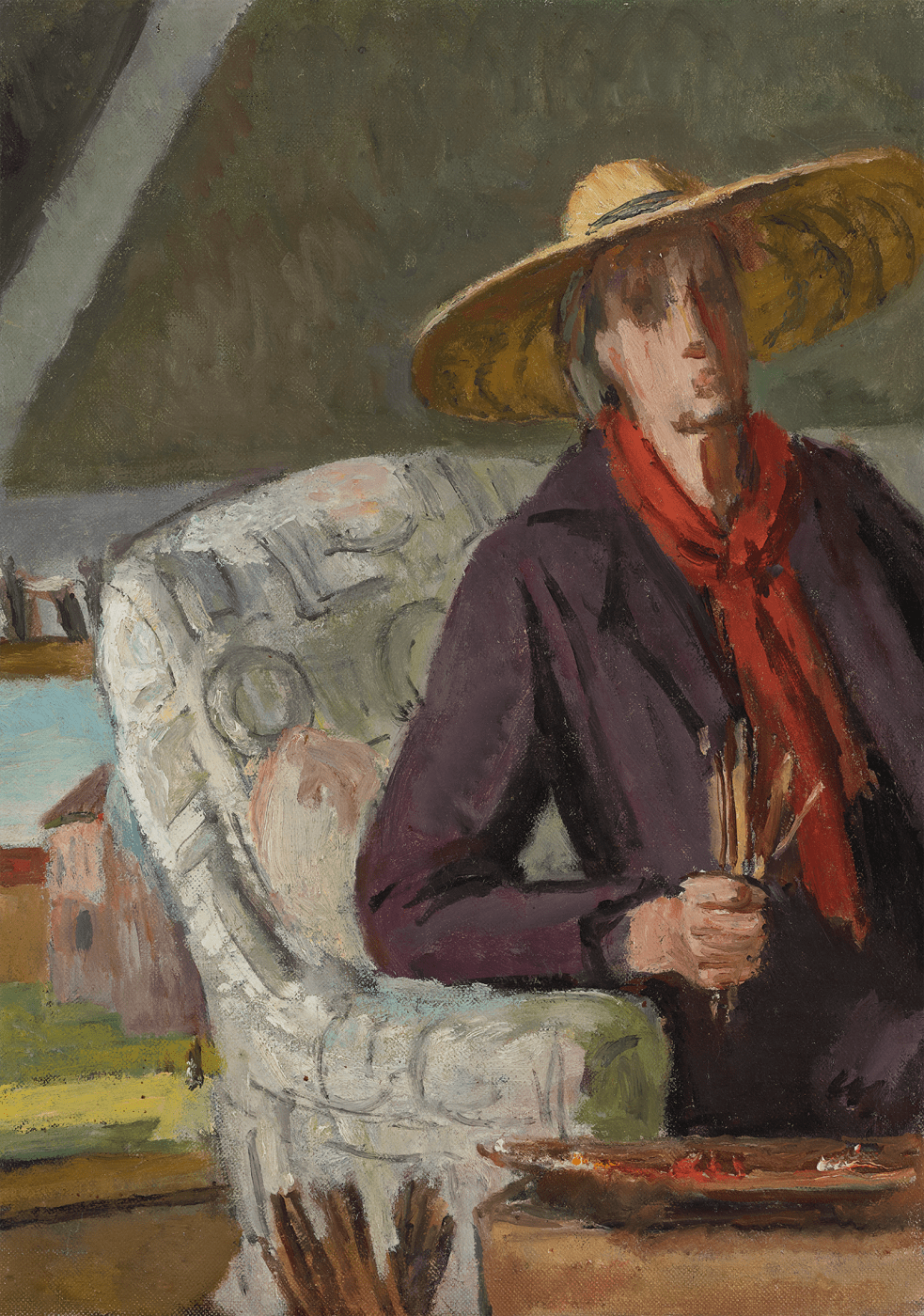




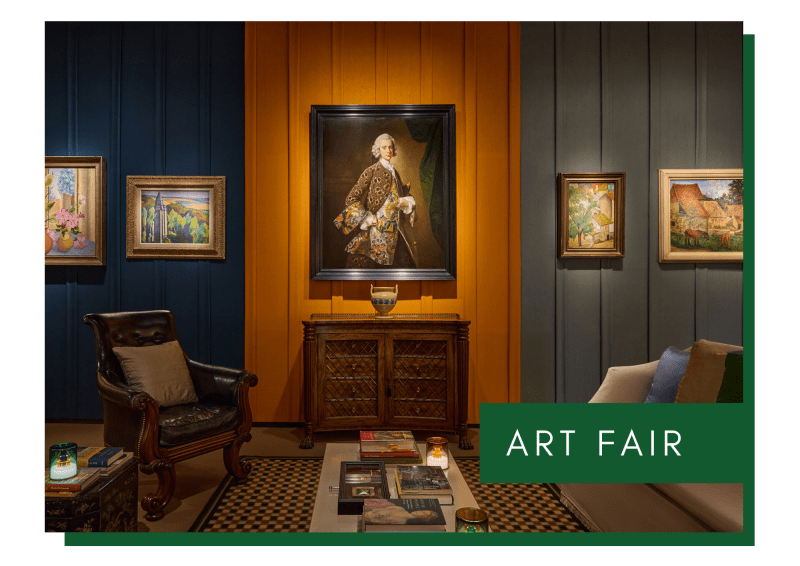
























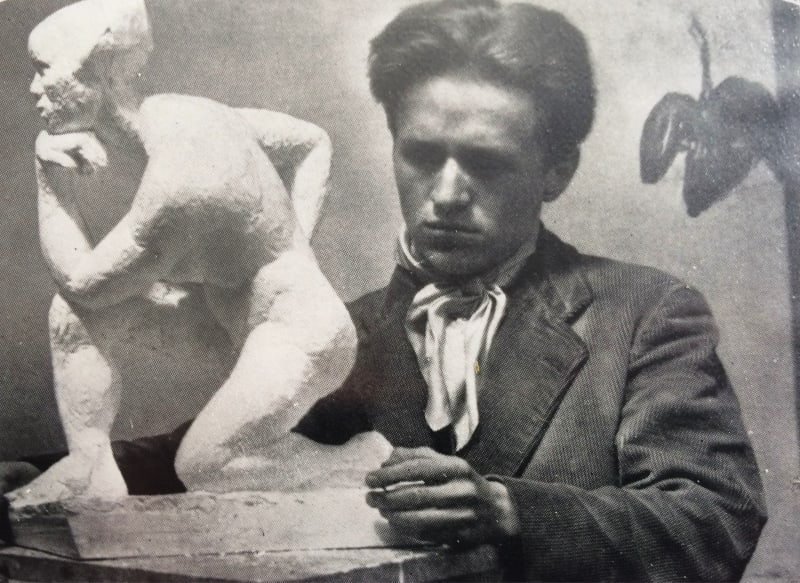













![Painting of Angelica Garnett, Vanessa Bell and Duncan Grant's daughter. In The Studio at Charleston, painted by Vanessa Bell]](https://artlogic-res.cloudinary.com/w_800,h_800,c_limit,f_auto,fl_lossy,q_auto:good/ws-philipmould/usr/images/news/list_image/items/46/4690e69b1099451f817166550f9e9c20/interior-with-the-artist-s-daughter-vanessa-bell-c.1935-6-the-charleston-trust.jpg)




